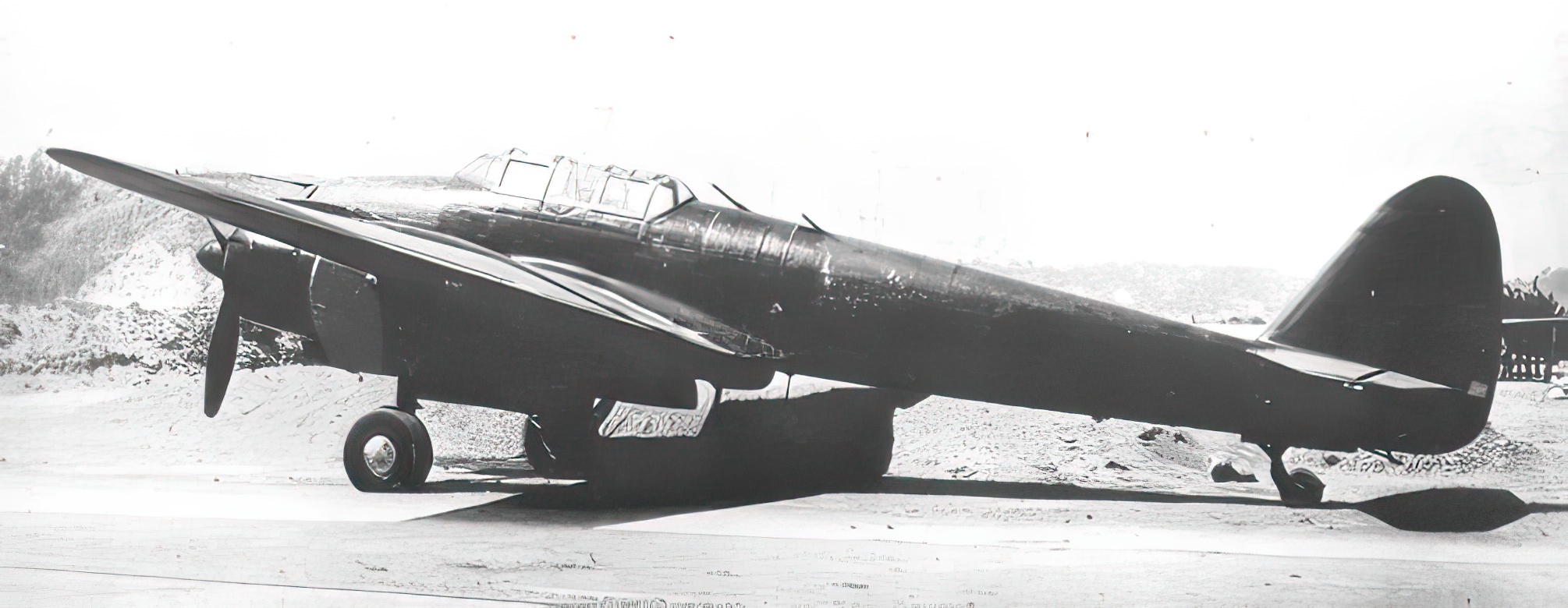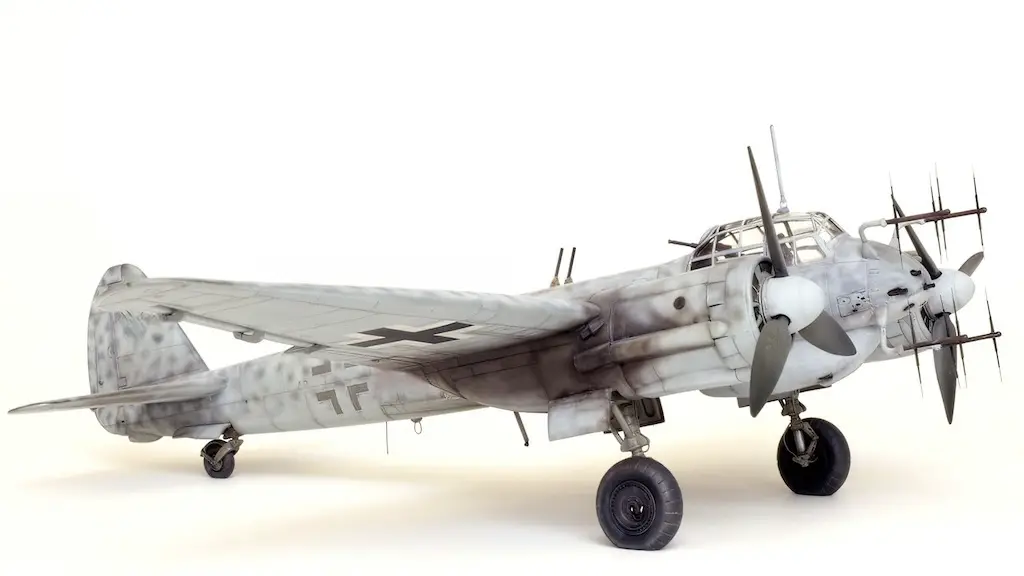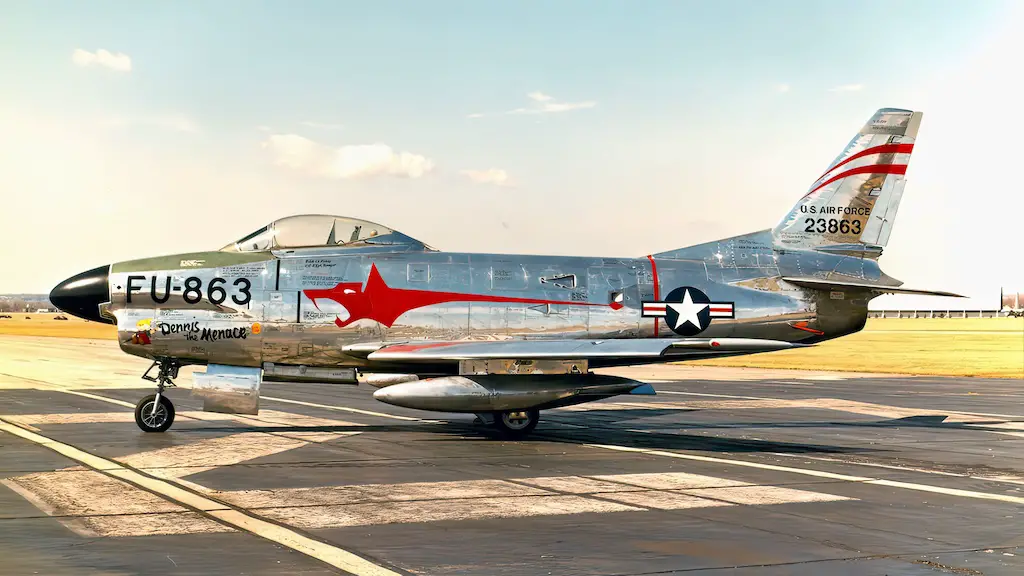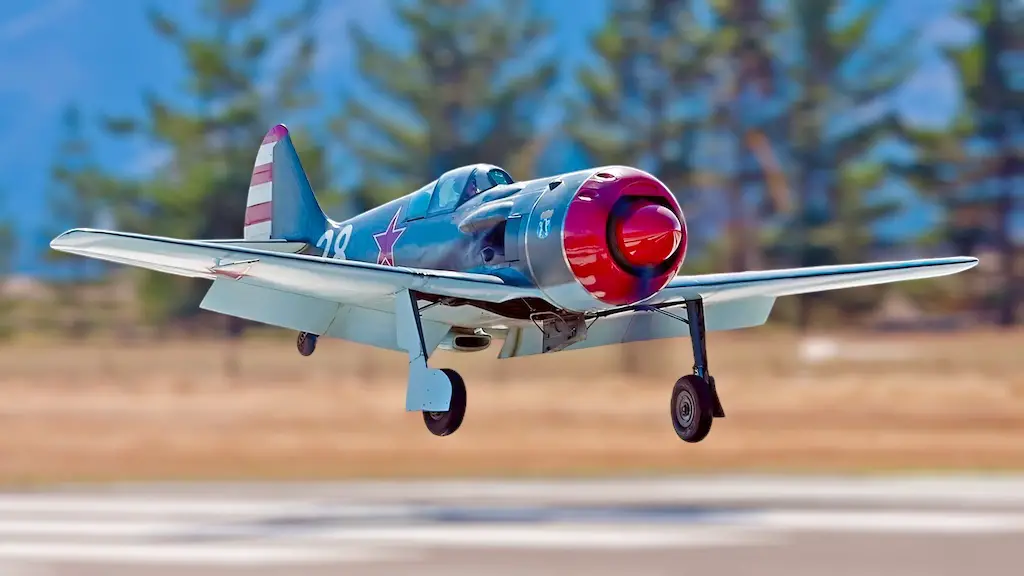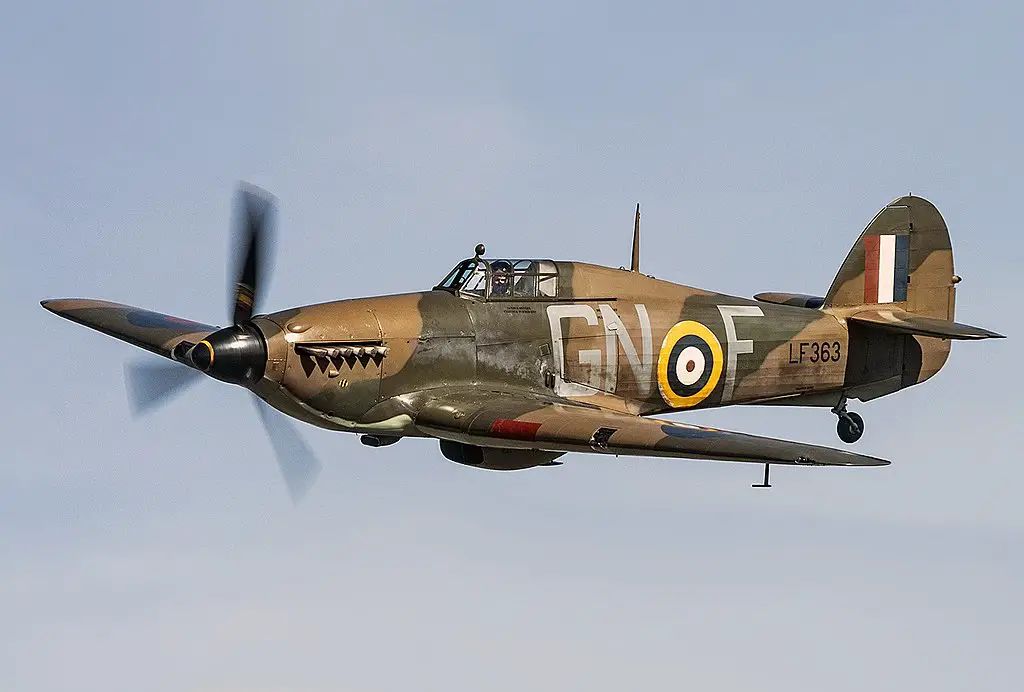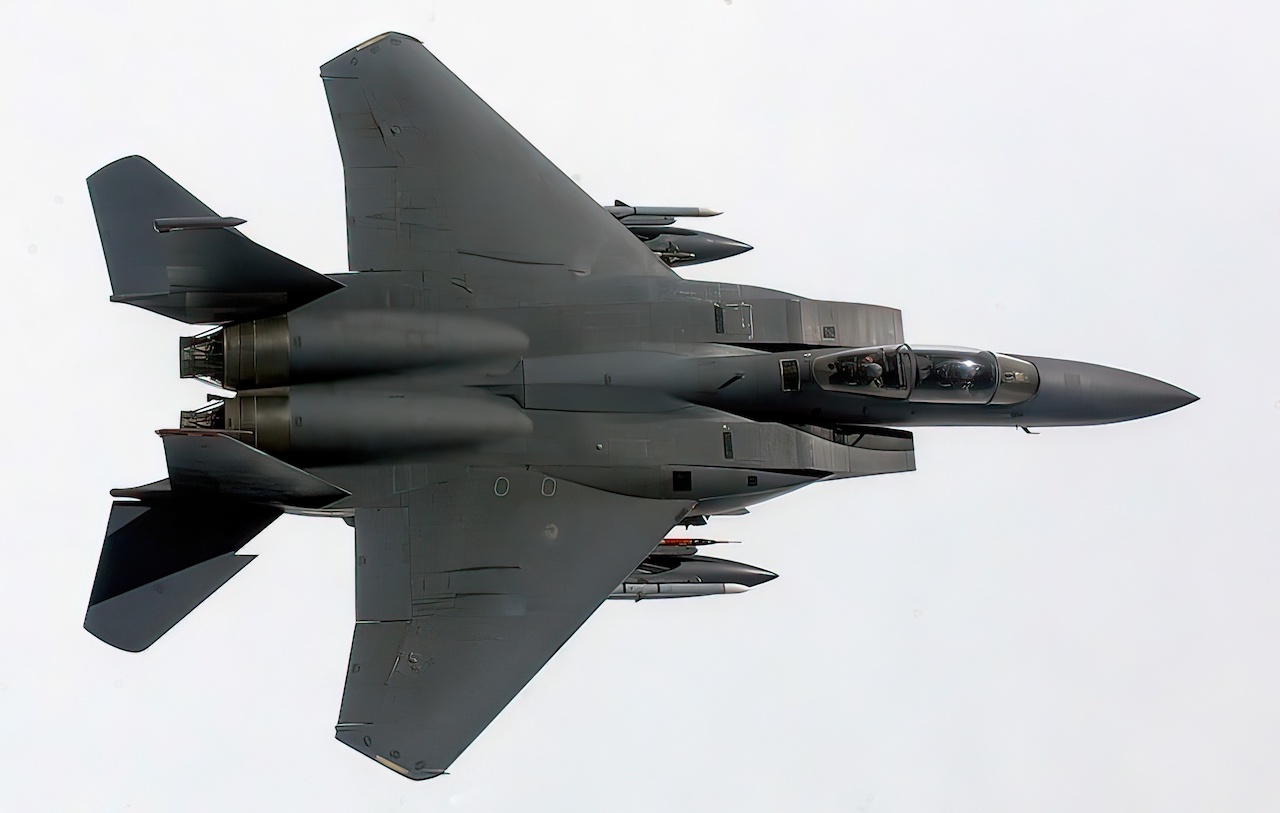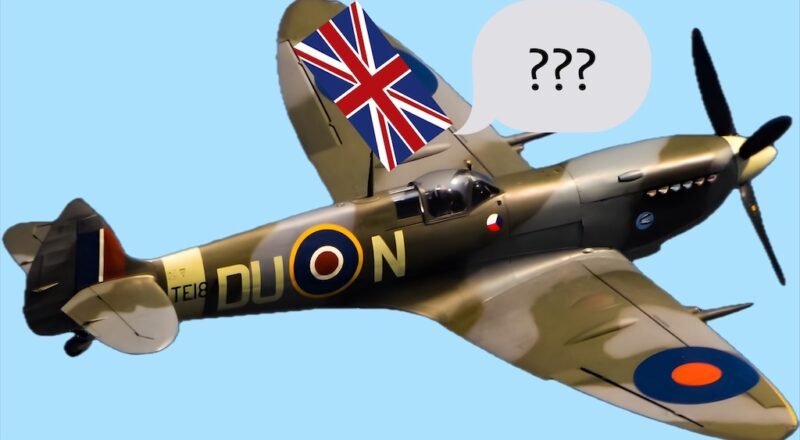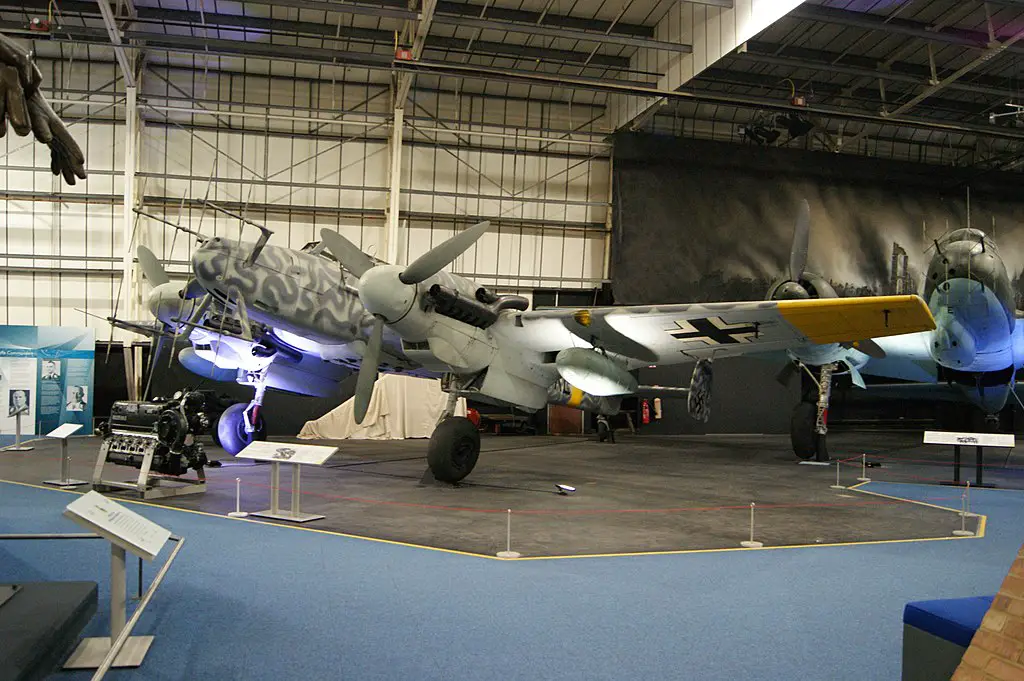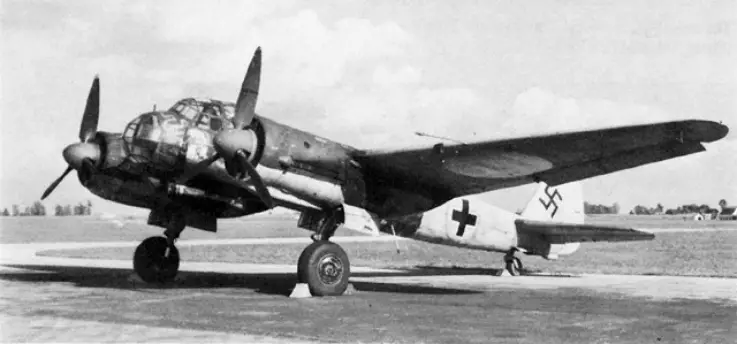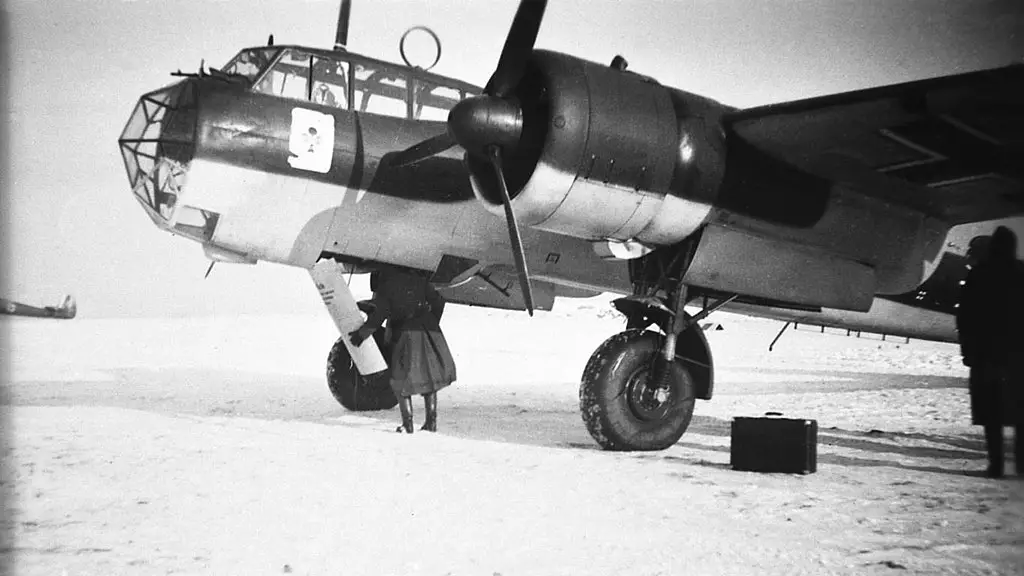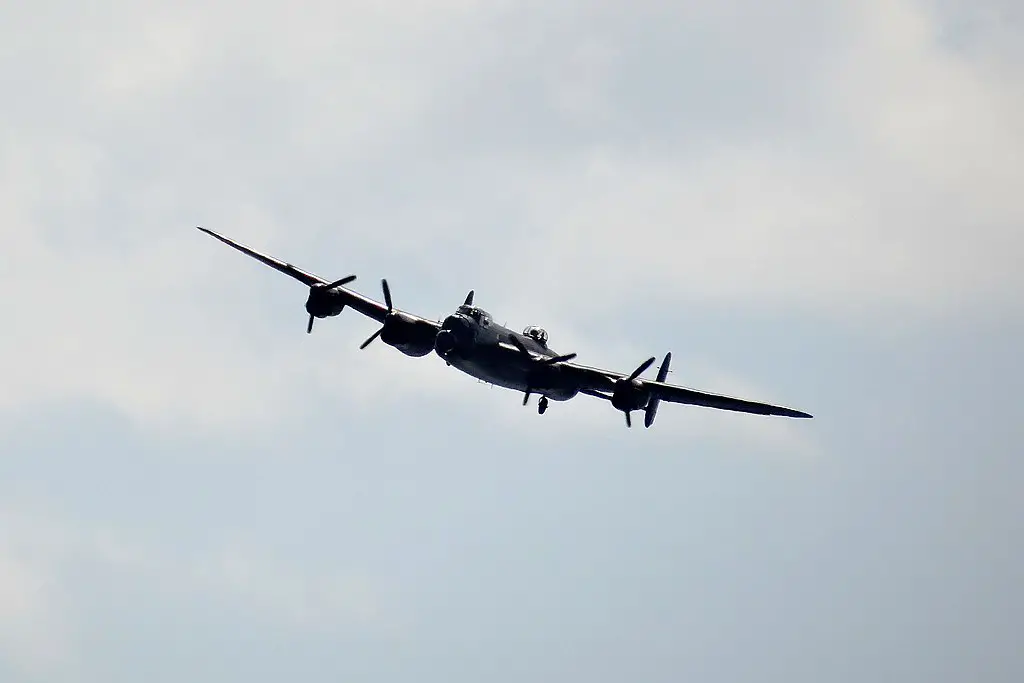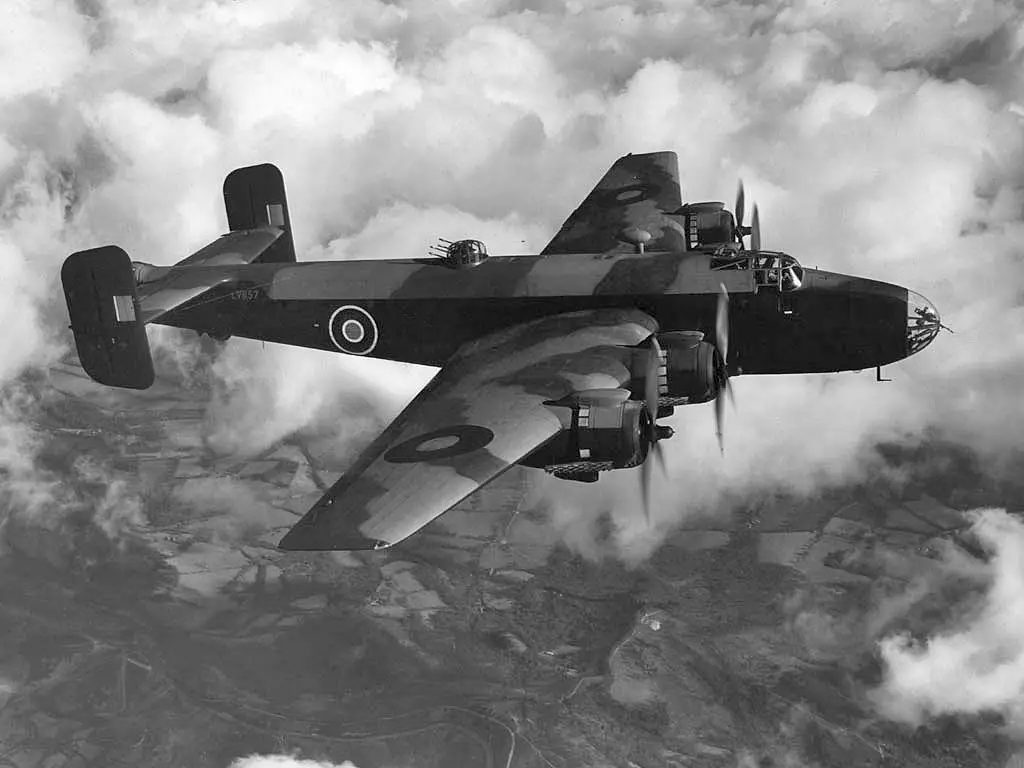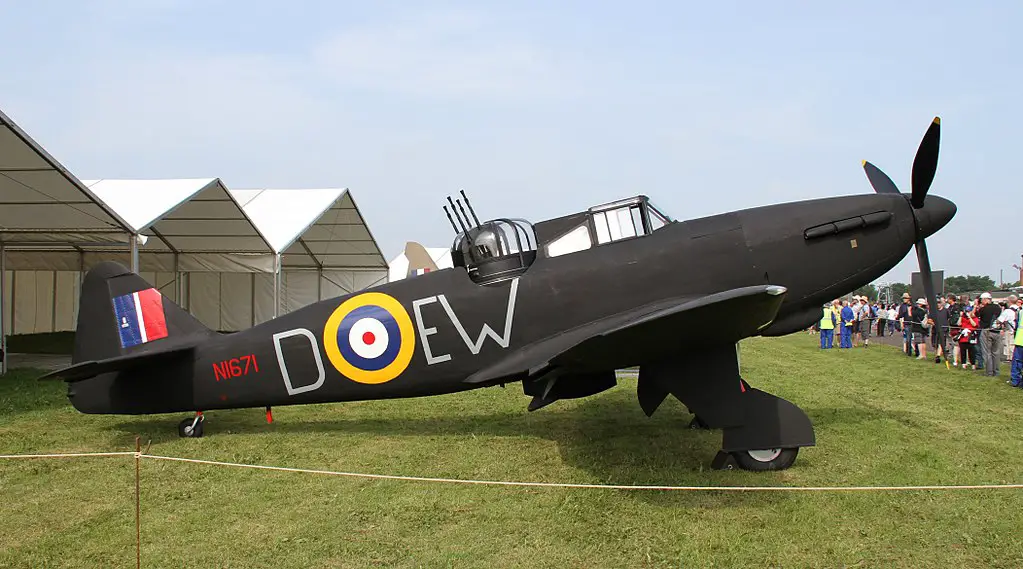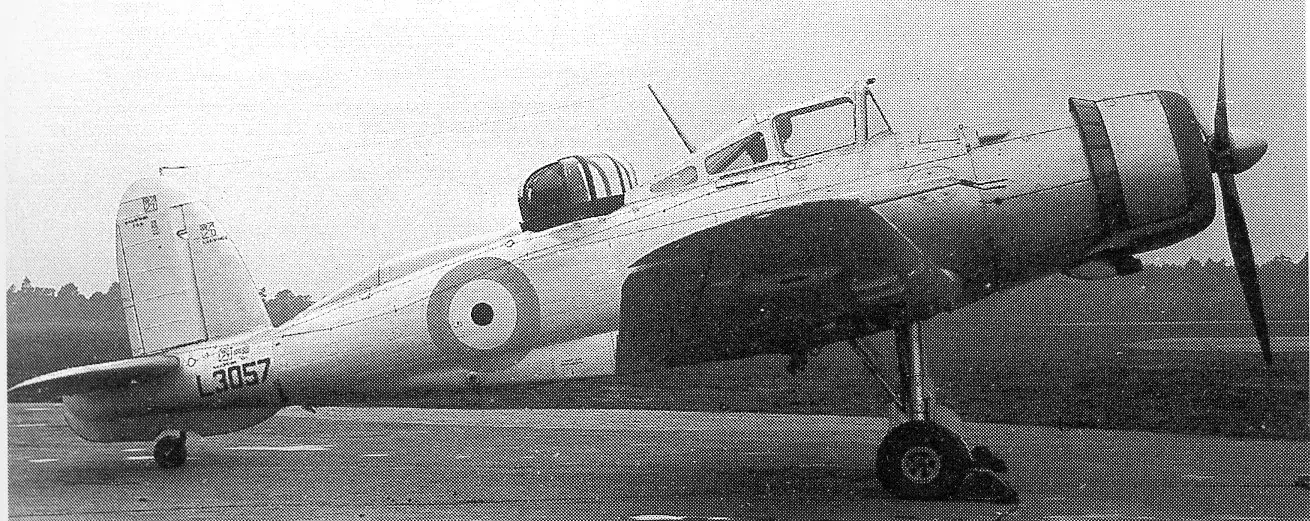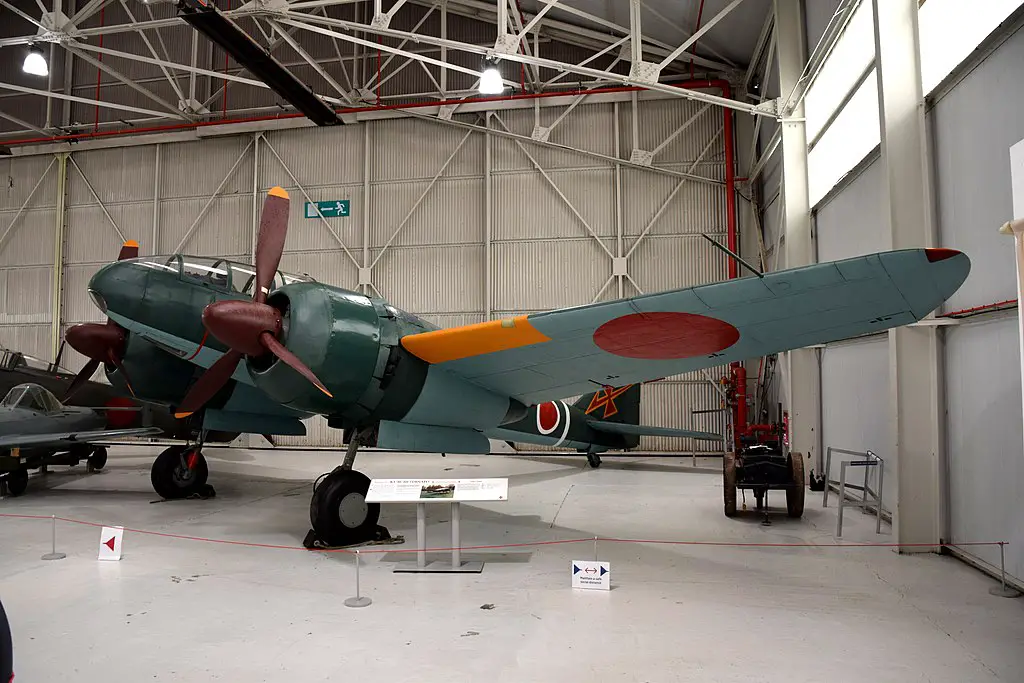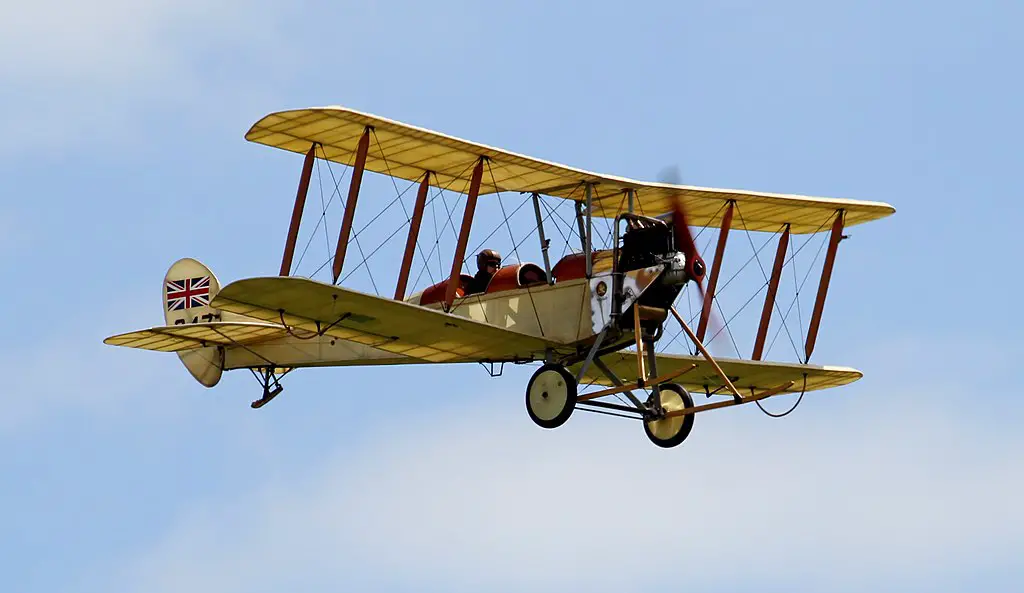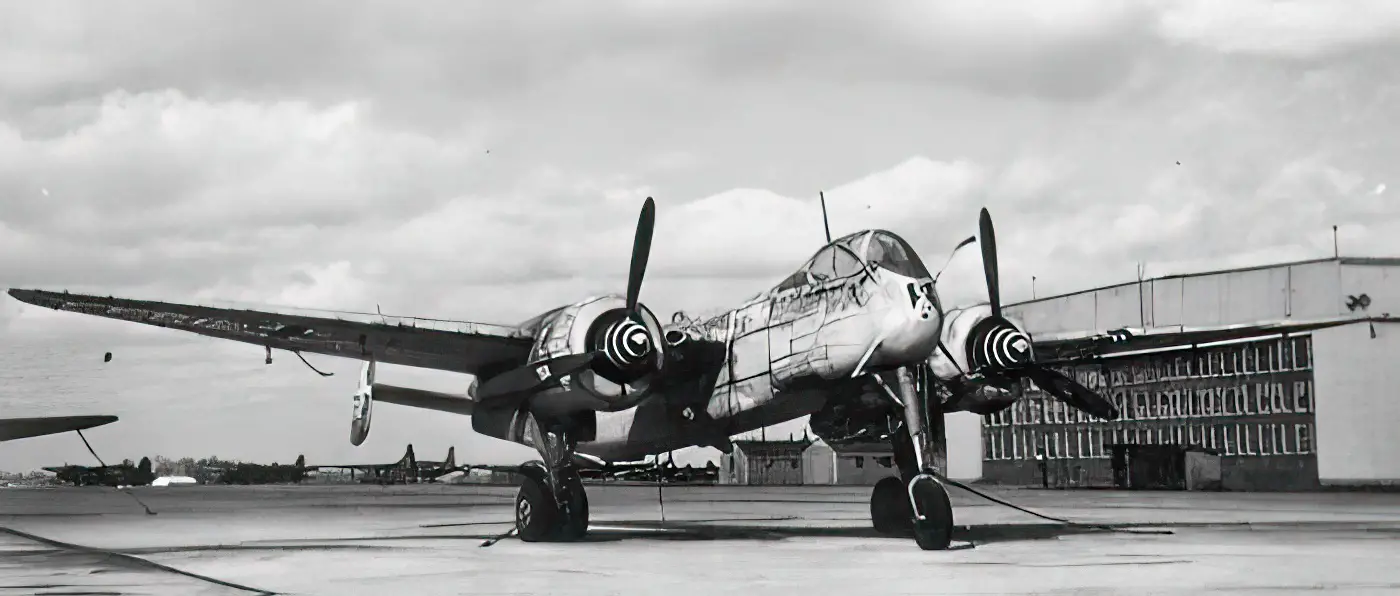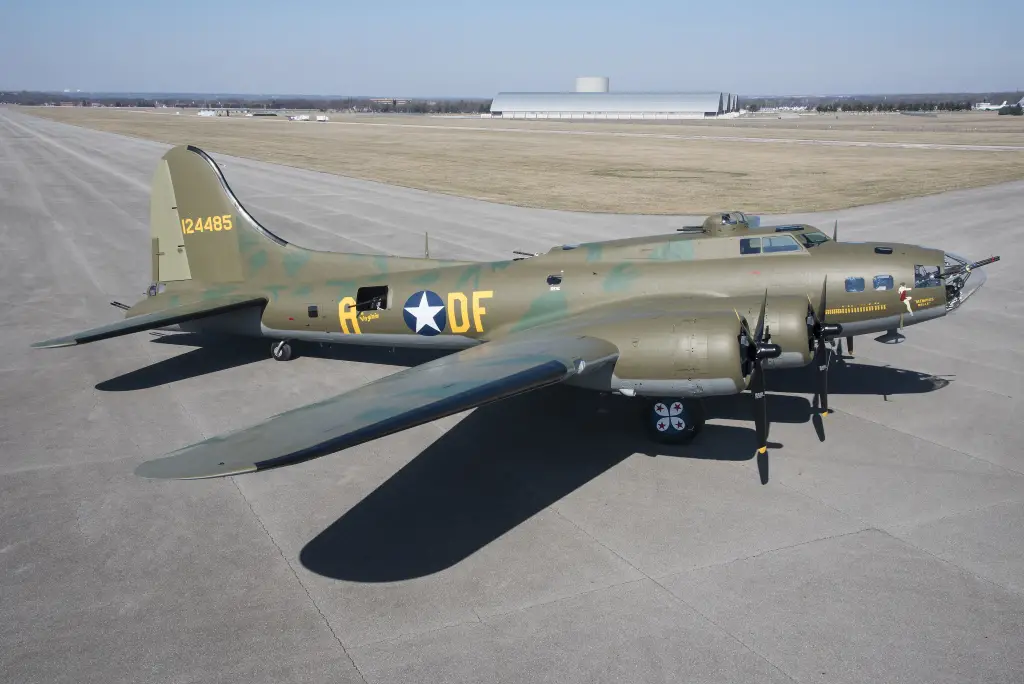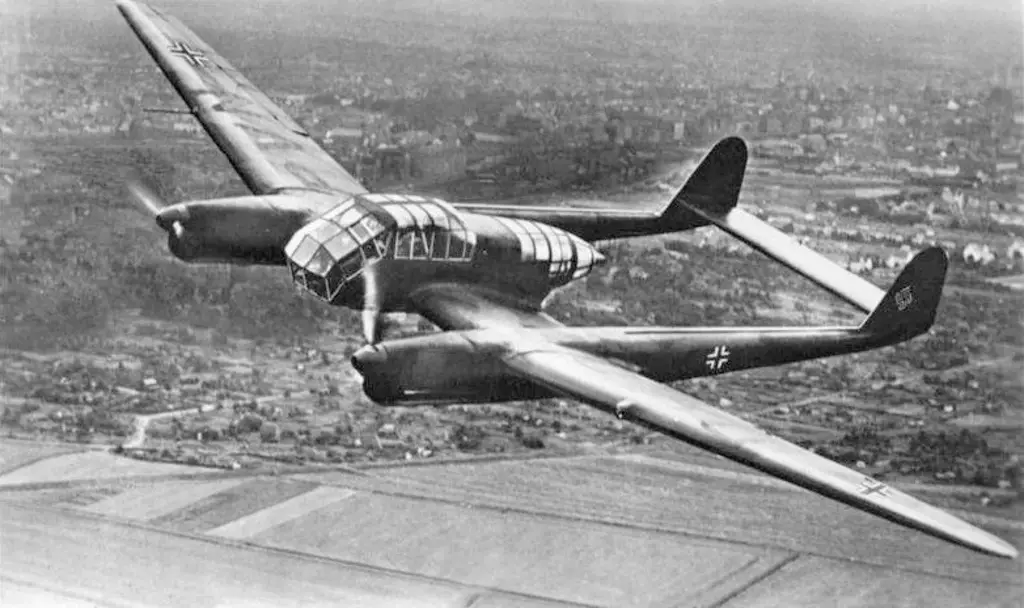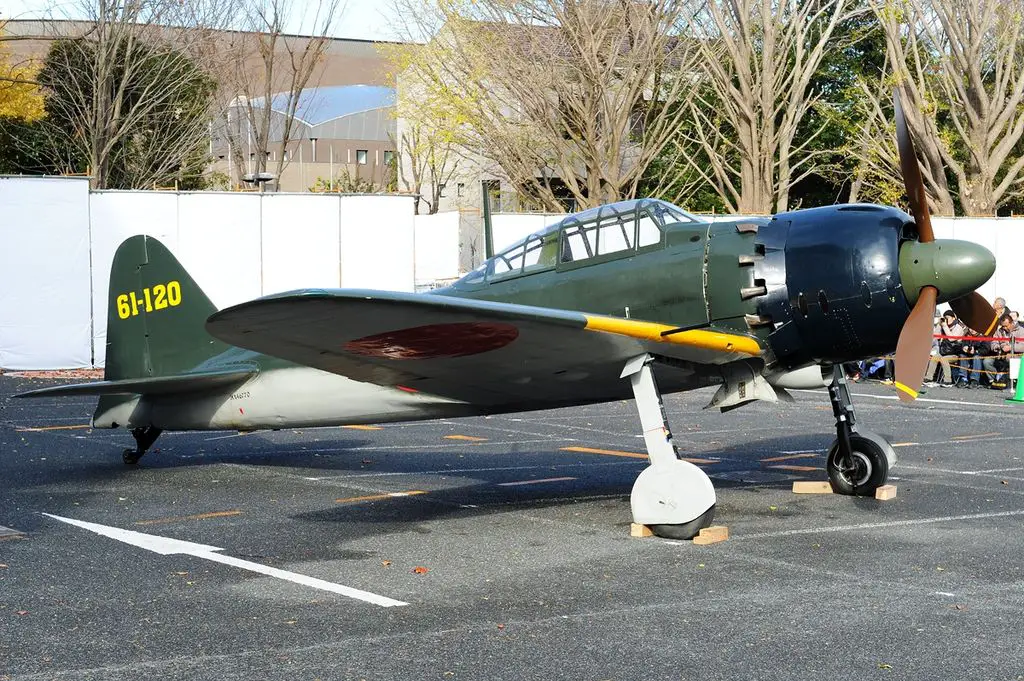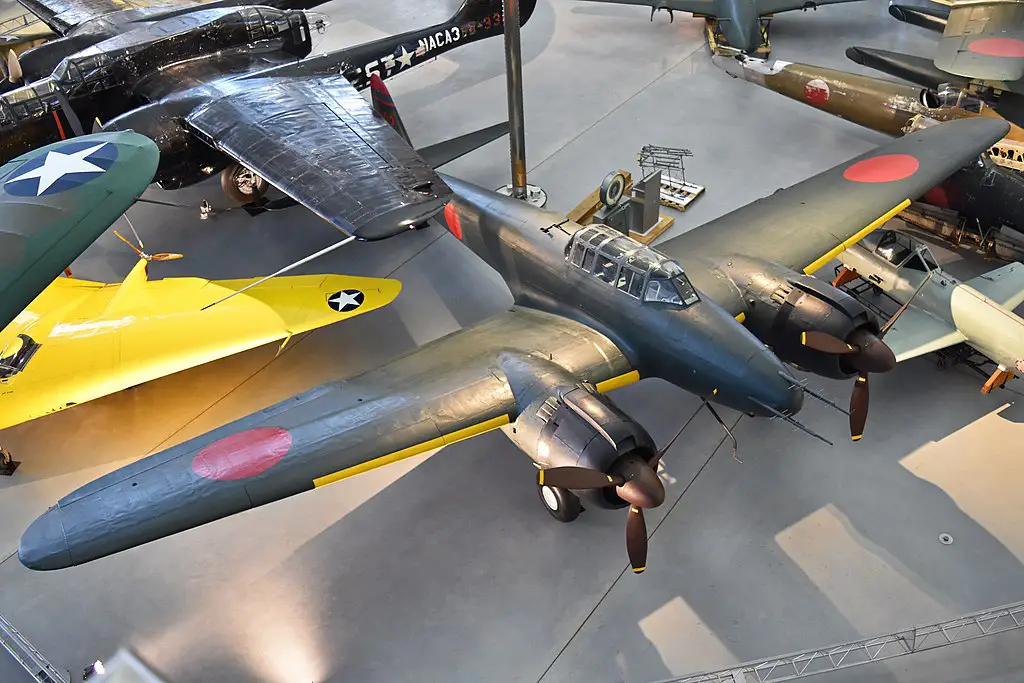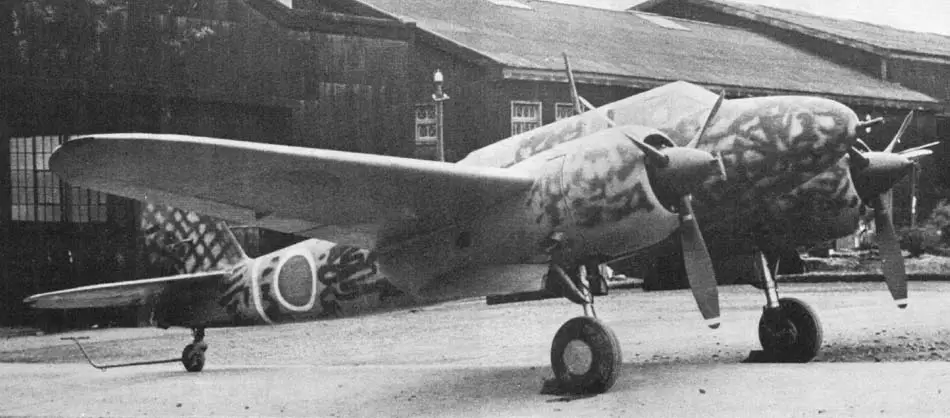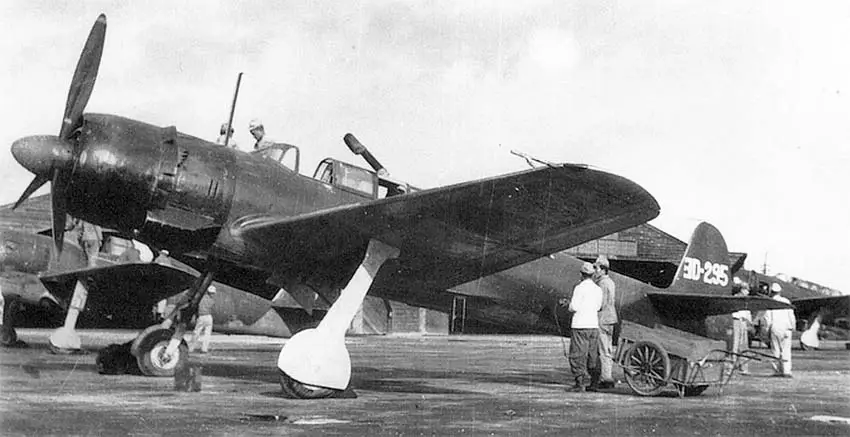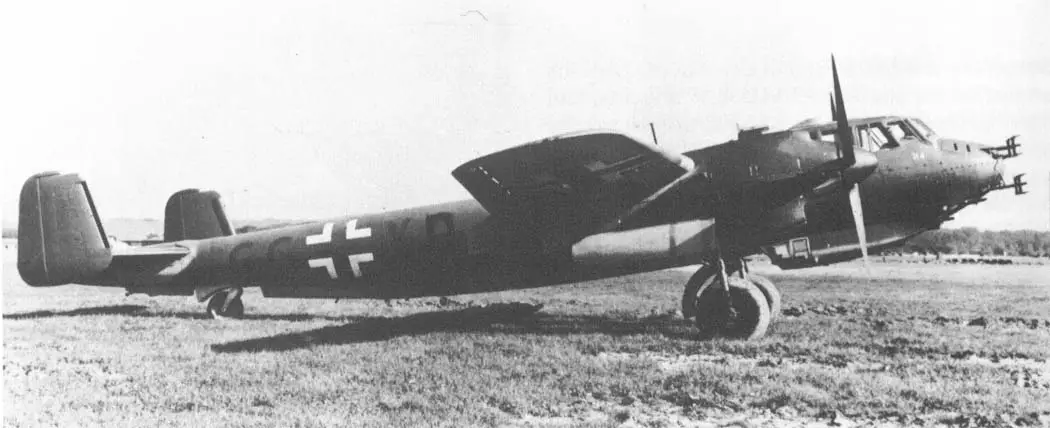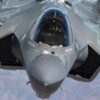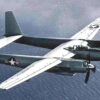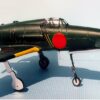The German expression “schräege Musik” meaning “strange music” was originally used to describe unusual music and, specifically, jazz. But while the slang meaning of the word “schraeg” is indeed “strange,” it’s first meaning is “oblique.” So, playing upon that word’s double meaning, WWII German airmen used the expression for a special type of weapon employed by night fighters: obliquely-mounted auto cannons and machine guns intended for upward firing. Naturally, this unorthodox way of weapons positioning also required special combat tactics.

There is nothing new except what has been forgotten
Actually, the first use of obliquely-installed, upward-firing aircraft guns dates back to the First World War. In that conflict airships were still widely engaged in warfare on par with airplanes. They also often flew higher than planes. And a good way of hitting such a big fat target floating high above in the sky was firing upward-facing guns while flying underneath it. In the fall of 1916, British night fighter pilots flying Royal Aircraft Factory B.E.2 aircraft pioneered this technique shooting down six German airships with their upward-mounted .303 in Lewis guns. In 1917, this tactic was also employed by the German side.
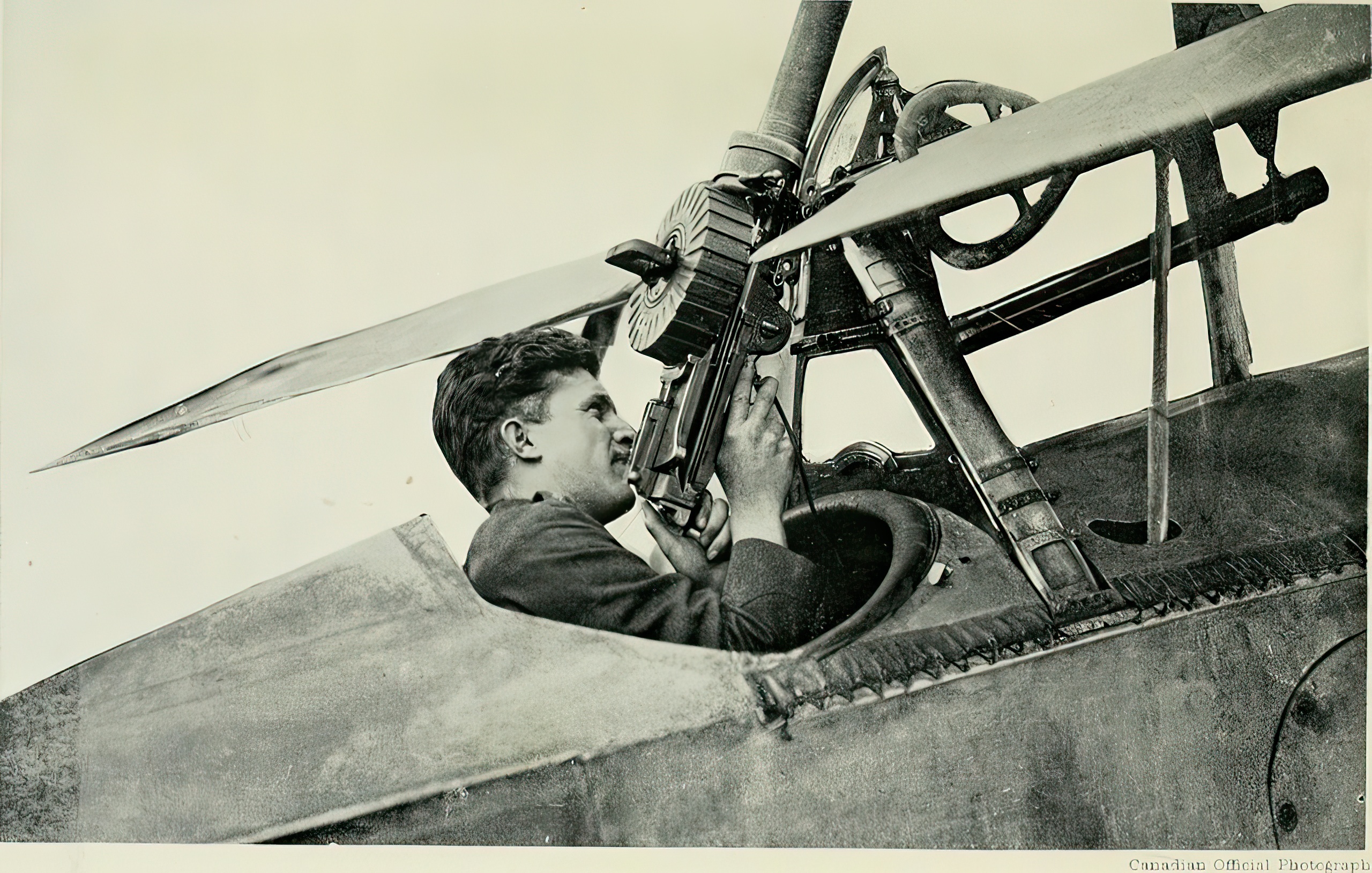
British turret fighters
For the most part of the interwar period airplanes featuring upward-firing guns mostly remained a rarity. However, as the Second World War approached, the British became seriously concerned about the prospect of squadrons of German bombers flying over the English Channel to wreak havoc in the UK. One of the solutions proposed by British aircraft manufacturers to counter that threat was turret fighters. Boulton Paul Defiant and Blackburn Roc featured turret-mounted guns for firing back and upwards. Although the Defiant did achieve some success in the night fighter role, it proved to be defenseless against enemy’s escort fighters whenever they accompanied the bombers and was soon relegated to other duties. As for the Roc, it saw only very limited production anyway.
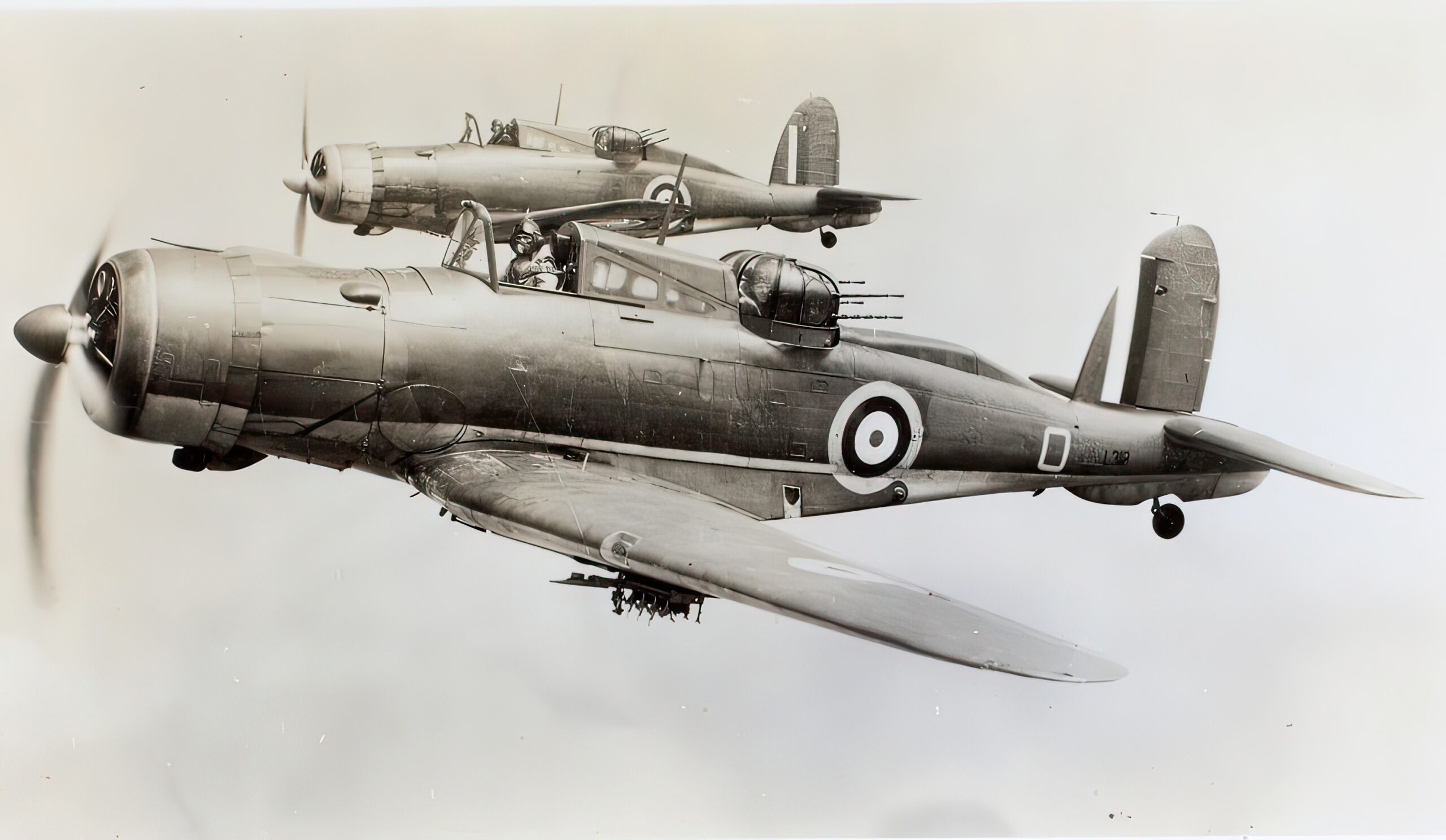
Back with a vengeance
The real heyday of Schräege Musik-type equipment came with its installation on German twin-engine aircraft employed in the night fighter role. After initial trials using Dornier Do 17 and Do 217 proved the idea’s feasibility, Luftwaffe proceeded to mount Schraege Musik installations also on Heinkel He 219, Messerschmitt Bf 110, and Junkers Ju 88, the latter being especially successful in this role. By 1944, every third German night fighter carried Schräege Musik weapons.
German attacks using Schrage Musik on British bombers were very successful. The first kill using Schraege Music was scored by a Bf 110 in May 1943, and by late summer of that year German fighters equipped with upward-firing cannons became a serious threat to Allied bombers, destroying up to 10% of aircraft taking part in a raid.
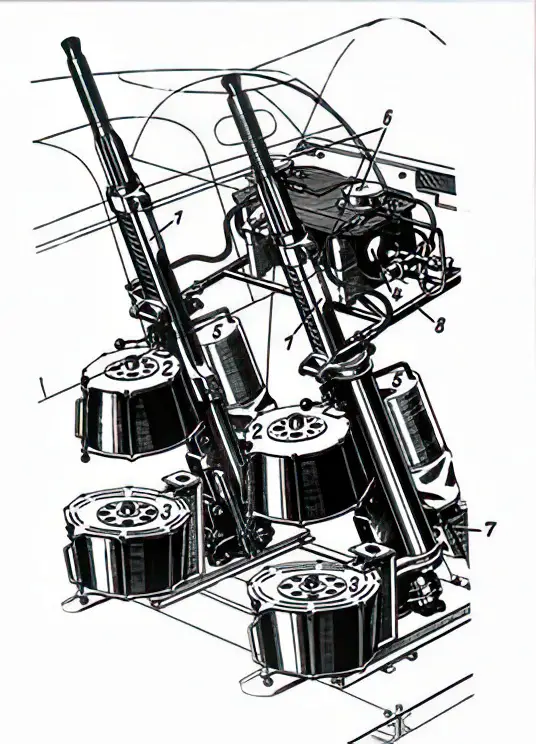
Great losses
For quite some time the Allies attributed these losses to flak fire, because the attacks came from beneath at an angle typical for anti-aircraft ground fire and German fighters approaching from below were hard to distinguish against the dark ground. And even once they figured out what was going on, the problem largely remained: the British bombers typically used in night raids, such as Handley Page Halifax and Avro Lancaster, simply didn’t have any ventral turrets.
By early 1944, bomber losses over Germany became staggering. By then it was also clear that many of those were shot down not by flak fire but by enemy aircraft. The Allied command no longer treated the stories of creepy night fighters attacking from below as dubious legends. It tried to deal with the problem, in particular, by adding to the bomber formations some de Havilland Mosquito night fighters, which would pick up radar emissions from the German night fighters. Still, losses from German Schräege Musik-equipped aircraft persisted well into 1945.
“Strange music” performers’ weaponry and tactics
The most typical weapons used in Schräege Musik installations were 20 mm or 30 mm autocannons, such as MG 151/20, MG FF/M, and MK 108. In most cases one pair of cannons was employed, although Focke-Wulf Fw 189 used a single MG151/20 and Dornier Do 217N featured a whole battery of four 20 mm guns. A night fighter equipped with one of the aforementioned weaponry weapons would approach the bomber from beneath, fly under it in close formation and then fire at the large dark silhouette above, destroying the bomber within a minute. Quite a turkey shoot, except that the game would come down in flames seconds after a successful hit, meaning that the night fighter pilot had to be very quick in retreating from his firing position.
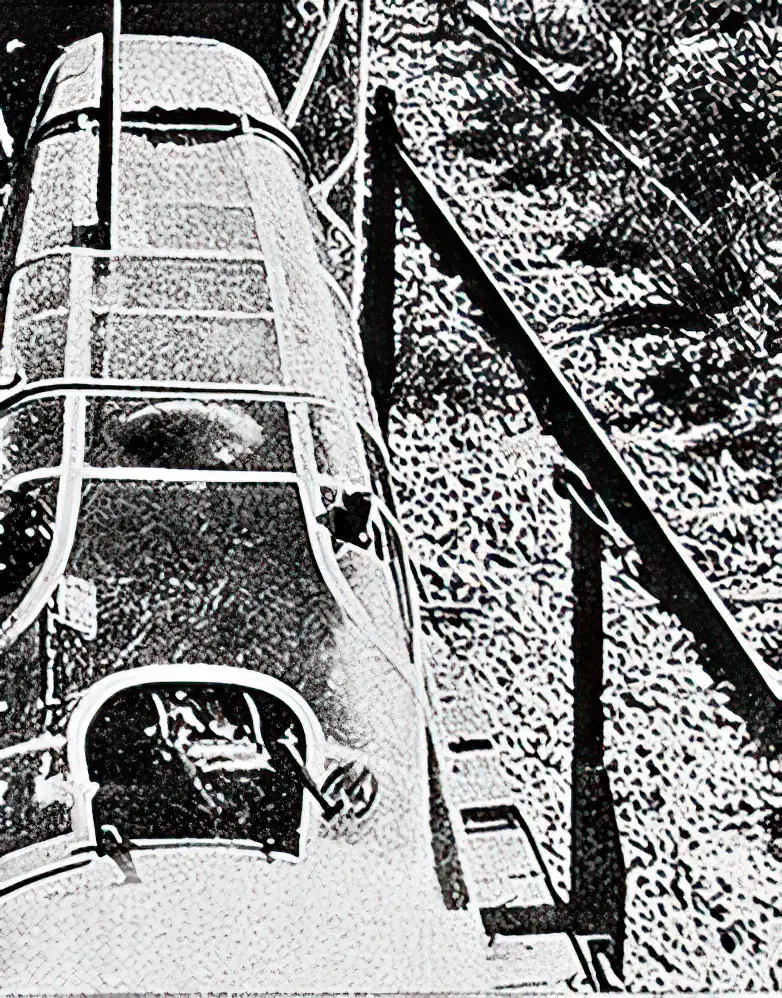
Japanese “music”
In 1943, the Imperial Japanese Navy modified a twin-engine aircraft, Nakajima J1N, for the night fighter role by installing two obliquely-mounted cannons behind the cockpit. Unlike the German models, it also featured another pair of cannons firing downwards. Soon it scored its first victories over Boeing B-17 Flying Fortresses over Papua New Guinea.
As for the Japanese Army Air Force, it equipped Mitsubishi Ki-46 with a huge 37 mm Ho-203 cannon—the largest caliber ever used in Schräege Musik installations. Other Japanese night fighter types featuring upward-firing guns included twin-engine Kawasaki Ki-45, single-engine Nakajima C6N1-S, and even the A6M5 Zero fighter.
